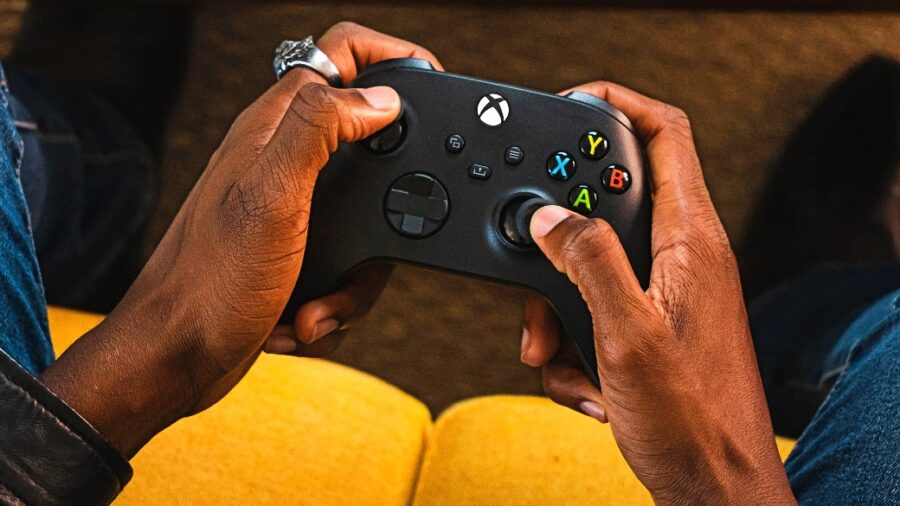You Can Now Play Video Games With Your Mind

A group of Spanish researchers have developed a brain computer that allows users to play video games using their thoughts. The system interface is based on electroencephalograms (EEG), with 94 percent accuracy in translating players’ intentions into in-game actions. Each move takes just over five seconds, marking a significant step forward in this exciting technology field.
Researched Have Come Up With A Way To Replace Gaming Controllers With Your Brain

The study, published in Frontiers in Human Neuroscience via PsyPost, represents transformative brain computers that enable direct communication between the human brain and external devices, such as prosthetic limbs and video games. The interfaces work by detecting and interpreting neural signals through electrodes placed on the user’s head and translating the signals into actionable commands.
The Brain Computer Used Connect 4 In A Test Run

The brain computer study lead author, Selene Moreno-Calderon, and her team set out to develop a multiplayer game using c-VEPs, enabling players to interact with the game solely through their thoughts. They created a version of the classic strategy game Connect 4, where players take turns dropping colored discs into a vertical grid. The first to align four discs, either horizontally, vertically, or diagonally, wins.
The study involved 22 healthy participants, with an average age of 28, including six participants with prior experience using brain computer interfaces. To translate the players’ neural signals into in-game moves, the researchers placed eight EEG electrodes at various points on each participant’s head. A Bluetooth connection linked the EEG system to the computer running the game.
The Brain Computer Conveyed Thoughts With Near Accuracy

Calibration for each user took less than a minute, and the results were astonishing. The accuracy in converting participants’ intentions into in-game actions ranged from 91 percent to 95 percent, with an overall average accuracy of 94% across all tasks. On average, the brain computer executed approximately 11 moves per minute, equating to slightly over five seconds per action.
One promising avenue for improving the performance of the interface is the use of code-modulated visual evoked potentials – a specific type of brain computer interface technology that uses visual stimuli with unique codes to trigger distinct neural responses in the brain. Researchers have explored the potential of c-VEPs in creating efficient systems that can be used to control external devices for gaming.
The Technology Could Be Useful Outside Of The Gaming Realm

Brain computer interfaces hold immense promise in various fields, from medical applications that assist paralyzed individuals in regaining environmental control to treating neurological disorders. However, they face challenges regarding accuracy and the time required to interpret brain signals. Still, the study represents a significant step in exploring the technology and its applications.
The Tech Is Promising, But It Has A Long Way To Go Before Practical Use

While the ability to control video games using thoughts is very cool, the game used in the study is relatively slow-paced and simple compared to most video games in 2023. For brain computer interfaces to find widespread application in entertainment, further developments are necessary.
Moreover, using electrodes that require gel on users’ heads is not ideal for mainstream gaming. Comfortable and non-invasive alternatives will be vital to make brain computer technology accessible to a broader audience.
There has been rapid development in brain computers since the mid-1990s and several groups have been able to capture complex brain motor cortex signals by recording groups of neurons and using these to control external devices. Despite the video game study, some critics say there are severe limitations on what can be learned about the brain by equating its components to computers.












